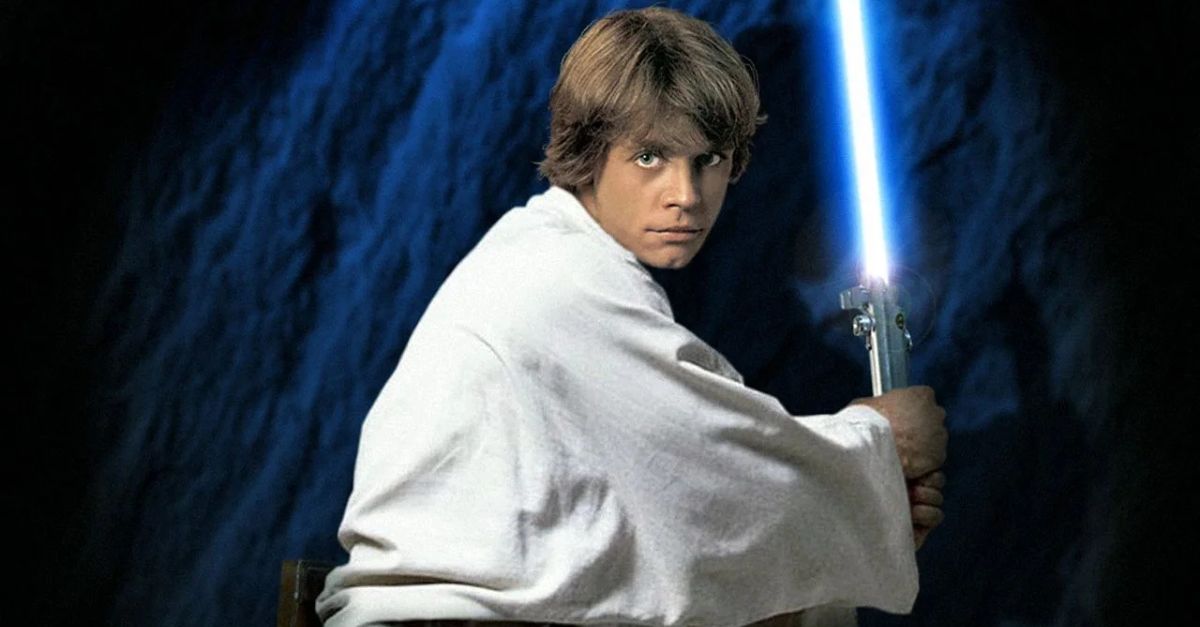Hollywood’s Flawed Logic
The entertainment industry has filled our heads with scenes that look cool but defy all sorts of logic. What looks thrilling on screen often bends the rules of science, even plain common sense.

Sound Travels In Space
Space looks dramatic in movies, filled with roaring engines and booming explosions. In reality, there’s no sound at all. Without air, sound waves can’t travel. Astronauts rely on radios to communicate, and physics confirms it—space is completely, hauntingly silent.
Hacking Causes Explosions And Instant Access
Hackers type a few lines of code, then suddenly buildings explode or doors swing open. That’s not how it works. Real hacking involves careful planning, phishing emails, or hidden malware. It’s often slow and more about patience than chaos.
Cars Explode From Minor Collisions
Fuel tanks are built to resist fire during serious crashes. Most real-world collisions don’t end in flames. In action movies, though, a single tap to the bumper can spark a cinematic fireball. It keeps the scene exciting, even if it ignores physics entirely.
Quicksand Sucks You Down Entirely
Quicksand doesn’t swallow people whole like it does in Jumanji. The human body is too buoyant to sink completely. What really happens is you get stuck, which can be dangerous if panic sets in. Slow movement and patience are the best way out.
 Columbia TriStar, Getty Images
Columbia TriStar, Getty Images
People Recover Instantly
Waking up from a coma and being ready to run is laughably untrue. In real life, recovery is slow and full of therapy. Surgeries need monitoring, with complications being common. The “instant miracle” is really just Hollywood trimming months of struggle into minutes.
DNA Is A Magical Plot Device
In shows, DNA gives instant answers. Real labs take days or weeks, carefully testing and retesting. Results aren’t absolute either—they’re probabilities. With backlogs piling up, it’s far from quick. Still, TV crime labs like those in CSI make it look like science magic.
Heroes Always Win With Impossible Skills And Perfect Justice
Real fights are unpredictable. People get hurt, miss punches, or freeze under pressure. And justice? That’s a slow, messy process filled with paperwork. In movies like Taken or John Wick, though, heroes glide through chaos with perfect aim and walk away having served justice in record time.
 Lionsgate, John Wick: Chapter 4 (2023)
Lionsgate, John Wick: Chapter 4 (2023)
Silencers Make Guns Whisper Quietly
Suppressors reduce the noise; however, they don’t make gunshots silent like in James Bond. The blast is still loud enough to turn heads, and there’s always some mechanical clatter. Films tone it down so much that gunfire sounds like a soft pop.
Lasers Are Visible Beams In Air
Real lasers are invisible unless there’s dust or fog in the way. Industrial ones can also slice through metal without a sound. In Star Wars, lasers are given glowing trails and sound effects to make the action feel more exciting and intense.
 Mirko Toller, Wikimedia Commons
Mirko Toller, Wikimedia Commons
Falling Into Water Breaks Your Fall
Jumping from a high place into water isn’t the escape plan movies make it out to be. Water becomes dangerously solid at high speeds. Professional divers train to enter at precise angles, but in action scenes, characters leap from bridges and walk away fine.
Bulletproof Vests Stop All Damage
In John Wick or The Dark Knight, body armor seems like a force field. In reality, it only stops bullets from going through—it doesn't stop the impact. Victims sometimes end up with cracked ribs, bruising, or internal bleeding, and still need treatment.
 Warner Bros. Pictures, The Dark Knight Rises (2012)
Warner Bros. Pictures, The Dark Knight Rises (2012)
Lie Detector Tests Are Always Accurate
Polygraphs measure physical reactions like heart rate and sweating, not whether someone is lying. Nervous people can fail even when telling the truth. Despite what cop shows suggest, these tests aren’t foolproof and are thrown out in courtrooms for being unreliable.
 Security Service Nemesis, Wikimedia Commons
Security Service Nemesis, Wikimedia Commons
Dinosaurs Roared Like Lions
The deep, thunderous roar of a T rex is pure Hollywood invention. Scientists believe dinosaurs may have produced low-frequency rumbles or closed-mouth sounds, more like crocodiles or birds. Though science does not back it up, Jurassic Park made them sound fierce.
 Universal Pictures, Jurassic Park (1993)
Universal Pictures, Jurassic Park (1993)
Amnesia Erases Selective Memories
In films, amnesia is like a reset button. A character forgets their name but still knows how to hotwire a car or speak fluent French. Real memory loss doesn’t work that way. It’s often scattered and rarely wipes out identity so neatly.
Lava Can Be Jumped Over
Getting close to lava is extremely dangerous. The heat alone can cause burns from several feet away, and the surface isn’t as solid as it looks. Volcano and Indiana Jones show characters hopping over streams of lava like it’s a crack on the sidewalk. They wouldn’t make it.
 Paramount Pictures, Indiana Jones And The Kingdom Of The Crystal Skull (2008)
Paramount Pictures, Indiana Jones And The Kingdom Of The Crystal Skull (2008)
Bombs Have Convenient Countdown Timers
In real life, explosives are usually set off remotely or triggered by pressure, not colorful timers counting down. Disarming one involves careful circuit analysis and expert training. The dramatic ticking clock is a movie invention that makes danger feel neat and predictable.
 Alexandre Dulaunoy from Les Bulles, Chiny, Belgium, Wikimedia Commons
Alexandre Dulaunoy from Les Bulles, Chiny, Belgium, Wikimedia Commons
You Can Survive In Freezing Water For Hours
Cold water pulls heat from your body fast. Within minutes, muscles start failing, while confusion sets in. Scenes like Titanic stretch survival time far beyond what’s realistic. Without immediate rescue or thermal protection, even strong swimmers wouldn’t last long.
 Paramount Pictures, Titanic (1997)
Paramount Pictures, Titanic (1997)
Security Cameras Are Always Crystal Clear
Most real surveillance footage is grainy and poorly lit, especially in low-budget systems. Faces blur, motion smears, and key details are often missed. Movies upgrade security footage to near-HD levels, turning basic cameras into forensic tools we wish could be real life.
You Can Hold Your Breath For Minutes Underwater
Most people can’t last more than a minute underwater without training. Oxygen runs out fast, so pushing too far can lead to blackouts. Action heroes, though, swim through entire underwater missions while holding their breath just like in Mission: Impossible – Rogue Nation.
 Paramount Pictures, Mission: Impossible – Rogue Nation (2015)
Paramount Pictures, Mission: Impossible – Rogue Nation (2015)
You Can Survive A Plane Crash By Bracing
Bracing helps reduce injuries, but it doesn’t guarantee survival. High-speed impacts exceed what the human body can handle. Safety cards simplify the idea, while shows like Lost amplify it. You need to consider factors like seat location and sheer luck among them.
Air Ducts Are Easy Escape Routes
Die Hard made it iconic, showing John McClane crawling through ducts like hallways. In reality, most air ducts aren’t wide enough for a person to crawl through. They’re filled with sharp edges, dust, and screws that can tear through clothes (and sometimes even skin).
 20th Century Fox, Die Hard (1988)
20th Century Fox, Die Hard (1988)
One Person Can Pilot A Commercial Jet
Flying a jetliner requires coordination between multiple crew members. From system checks to navigation, it’s a team effort with layers of protocol. Films like Air Force One hand the controls to one determined character, ignoring the years of training real pilots go through.
 20th Century Fox, Air Force One (1997)
20th Century Fox, Air Force One (1997)
Car Chases Ignore Traffic Physics
Real cars can’t whip around corners at top speed without skidding out or flipping over. Road conditions matter. Movie chases skip that part, and turn traffic into an obstacle course where the hero’s car handles like a video game.
You Can Outrun An Explosion
Fireballs chase characters through hallways as they sprint to safety just in time. In reality, explosions travel faster than people can run. Shockwaves and debris hit hard and fast. So, the idea of narrowly escaping a blast looks cool, but it defies basic physics.
Punching Someone Knocks Them Out Instantly
Movies often show a single punch dropping someone cold, like flipping a switch. In real life, that kind of instant knockout is rare and dangerous. It usually takes repeated hits, and even then, unconsciousness isn’t guaranteed. It’s more about dramatic timing than biology.


















